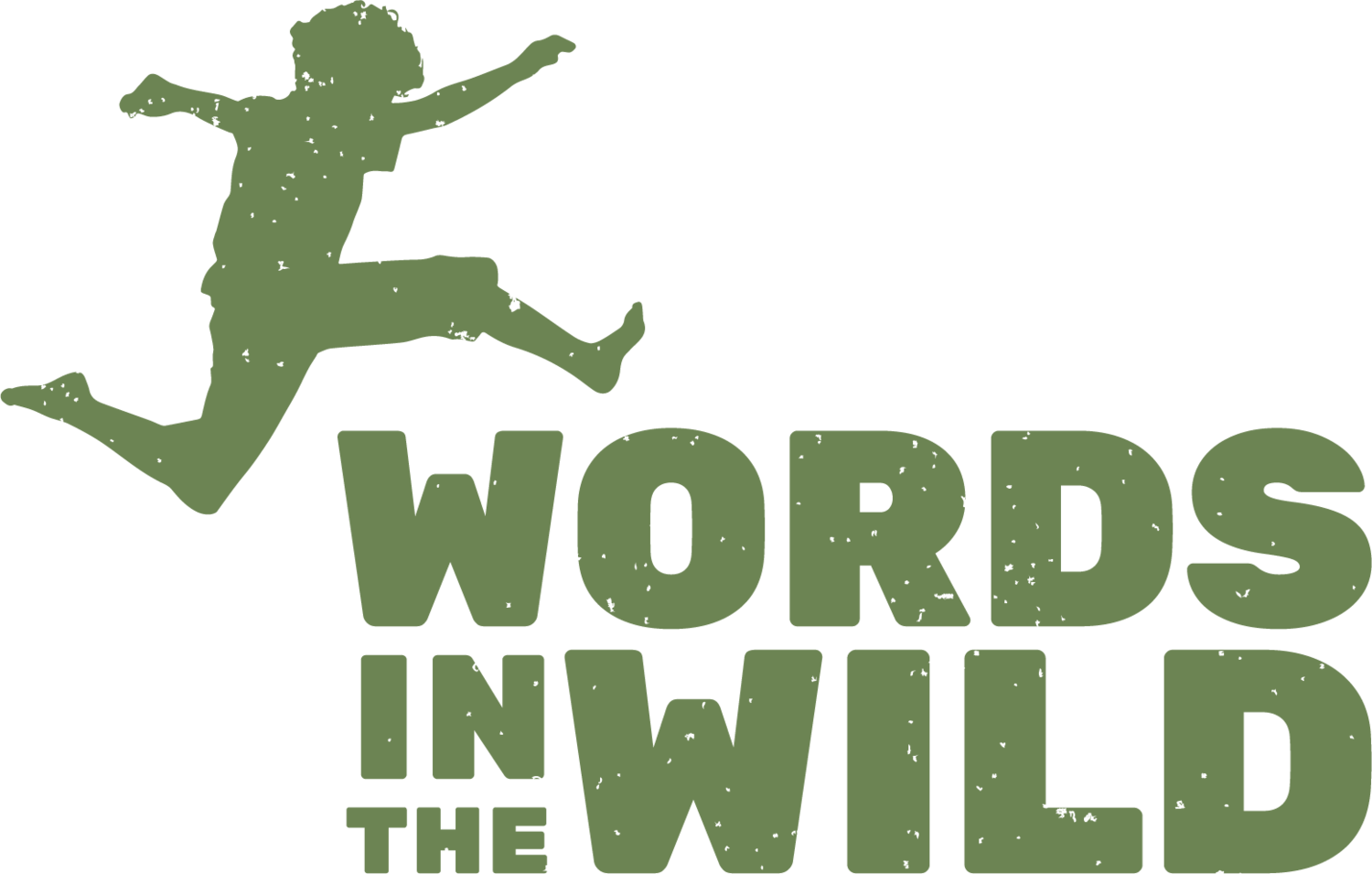5 Strategies to Build Students’ Vocabulary
Use our gratitude-themed ‘Question of the Day’ prompts to give students an opportunity to practice using the word “grateful” in meaningful conversation.
This activity can be used to practice all kinds of new, interesting words throughout the year!
Creating a daily gratitude practice helps students engage in mindfulness, reflect on interests and skills, and build community.
In the United States, November kicks off classroom conversations around thanks and gratitude, as we prepare for Thanksgiving celebrations. These words “gratitude” “thanksgiving” and “gratefulness” represent deep, important ideas that take time and practice for young learners to understand. Even as adults, we are constantly evolving our interpretations of how these concepts show up in our lives. For many of our students, classroom discussions are their first encounter with these new vocabulary words.
Throughout the year and across subjects, vocabulary building is an important part of our daily classroom work. These 5 strategies will help your students build confidence when learning new vocabulary:
Start with an engaging text
Anchor to meaning
Practice across contexts
Teach others
Revisit over time
Let’s break these down a little further.
Start with an engaging text.
It’s important that students encounter new vocabulary in natural contexts and sentences. Read-alouds provide a way for students to hear new words produced by a skilled reader with fluency. When introducing new vocabulary, opt for a book that centers on ideas that are already familiar to your students. This will help them anchor the new word to existing knowledge.
Anchor to meaning.
When you encounter the target word, read through the sentence twice. Pause, repeat the word, and ask students to say the word. Ask a question to get students thinking about the word’s meaning. For example, Have you heard this word before? or What do you think this word means?
Ask students to turn and talk to share their ideas with a partner. This gives students time to collect their thoughts before whole-group sharing. Write the target word on the board or chart paper. As students discuss meanings, write down their ideas.
After discussing possible meanings as a whole group, see if you can decipher the words’ morphemic base. Can you peel off any familiar affixes? Can you think of words that might be related? Use tools like a dictionary, thesaurus, or etymological dictionary to investigate the words’ meaning.
Practice across contexts.
Once you find the meaning, ask students to use the word in a sentence, represent it with a gesture, or come up with a story using the word. Find ways to use the word throughout the day, in routines and special activities, inside and outside of the classroom. Build a Word Web of related words to further expand on what they’ve learned. Challenge students to find novel ways to use their new vocabulary!
Building a Word Web can help students anchor new vocabulary to related words and expand existing vocabulary to new words.
Pictured, words from the <thank> word family.
Teach others.
Invite students to share their new vocabulary with others through peer tutoring, by writing a story or informative text to share with another class, or in a letter to their families or administrators. When students teach others, their knowledge strengthens!
Revisit over time.
Even after our students have mastered their new vocabulary, we should plan to revisit the new word periodically, embedding it in natural contexts and conversation whenever possible.
The approach of Thanksgiving can be a good reminder to introduce our students to the idea of gratitude, but this concept can be practiced year-round! Download our ‘Gratitude Grab Bag’ prompts below for a simple way to give students daily practice using the word “gratitude” during morning meeting or between activities. Think about ways you might modify this activity to target an array of new vocabulary.
What new questions would you add to your Gratitude Grab Bag? What were some of your favorite student responses? Join the conversation on Facebook, Instagram, or by sending us a quick email at team@wordsinthewild.org. We’d be grateful to hear from you!


